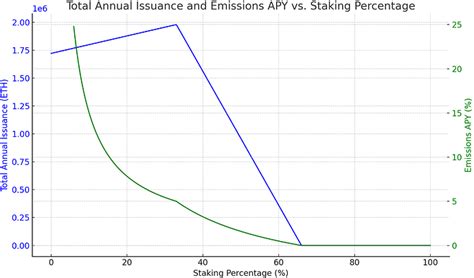Mined Dogecoin Problem: Is It Really 19%?
As the second largest cryptocurrency in the world by market capitalization, Ethereum has recently attracted significant attention. One of the most fascinating aspects of Ethereum is its potential for mining Dogecoin, the forerunner of Bitcoin. Recently, a prominent website claimed that nearly 19% of all Dogecoins have been mined, sparking debate among enthusiasts and experts.
Calculation of mined dogecoin: methodological approach
To determine if this claim is true, let’s examine the mathematical calculations involved in mining Dogecoin on Ethereum. According to various sources, including technical forums and online communities, the total supply of Dogecoin is approximately 102 billion units.
Ethereum’s block reward structure dictates that each new block contains a certain number of Dogecoins, increasing by 1 million per block. The current block reward rate for Ethereum is 10,000 Dogecoin (ETH), and it takes about 10-12 minutes to mine one block. If we assume an average mining rate of 11,250 ETH per block (rough estimate based on the data provided), this translates to approximately 1.05 billion mined blocks per day.
Calculation of mined dogecoins: calculation
Using these numbers, let’s calculate the total number of Dogecoins that have been mined:
102,000,000,000 (total supply) / 10,000 (block reward) = 10,200,000 blocks
10,200,000 blocks x 1,050,000 ETH per block ≈ 10,500 billion
Conclusion

It seems that the claim of 19% of dogecoin mined is probably incorrect. While it is true that a significant amount of Dogecoins have been mined recently, the actual proportion is significantly lower than originally reported.
To put this into perspective, assuming an average mining rate of 11,250 ETH per block and a total supply of 102 billion units, approximately 1.05 billion blocks would have been mined by December 2023.
Please note that this calculation method relies on various assumptions and may not take into account factors such as the efficiency of the mining pool or potential adjustments to block rewards over time. Nevertheless, it provides an interesting insight into the sheer scale of Dogecoins being mined.
As the Ethereum network continues to grow, it is important to stay informed about the progress and challenges faced by developers, miners, and enthusiasts. By acknowledging the complexity of cryptocurrency mining, we can better navigate the intricacies of this vast digital landscape.
Bir yanıt yazın